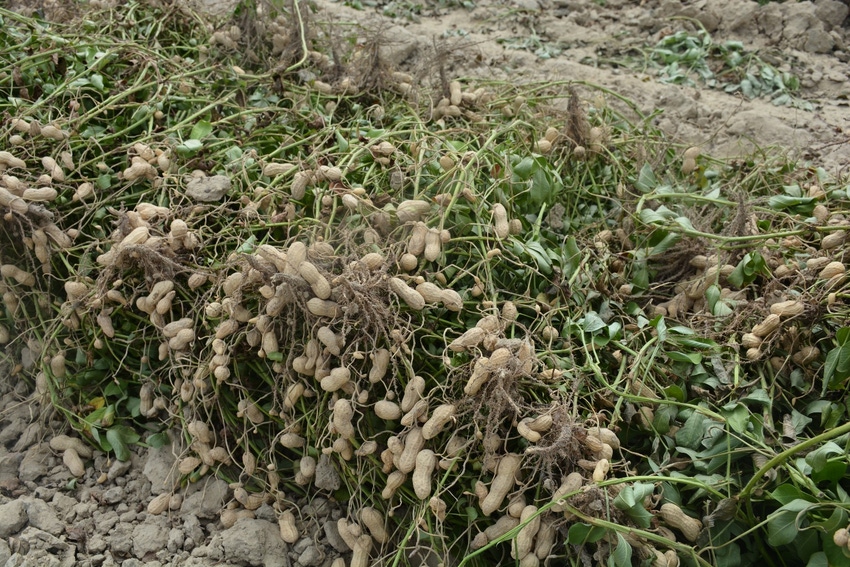
When word came out on April 2, 2014 that scientists had successfully sequenced the peanut genome, there was great anticipation on the tremendous advances that could be made in breeding a better peanut. Eight years later much progress has been made, but hurdles still remain.
The greatest challenge is misperception on what the peanut genome actually is and how gene editing actually works. In gene editing, breeders select a specific gene within an organism to find a desired trait, while genetic modification involves transferring a gene from one kind of organism to another: a clear difference.
The U.S. peanut industry is intentionally avoiding the GMO route because of uncertainties some consumers have surrounding GMOs. But the industry has embraced genome editing because of the promises it holds.
The peanut genome was sequenced through the International Peanut Genome Initiative. The work was funded by a cooperative effort between growers, shellers, brokers and manufactures that collectively provided $6 million through The Peanut Foundation.
In a Jan. 18 American Peanut Council webinar on the benefits sequencing the peanut genome has delivered to peanut breeding. Corley Holbrook, research leader with the USDA-ARS Crop Genetics and Breeding Research Unit, said a number of peanut varieties have already been released using marker assisted selection, and he expects many more to be released as the technology continues to advance.
Holbrook says new markers continue to be found, everything from drought tolerance to disease resistance to high oleic traits. Indeed, the sky is the limit on marker assisted selection. Holbrook says thanks to the Peanut Genomic Initiative, the technology is advancing extremely fast.
But there are barriers. In the European Union, genome editing is banned due to a ruling in 2018 by the EU Court of Justice that all genome-edited organisms must be categorized as GMOs, even though the science couldn’t be clearer that they are not GMOs. The good news is genome editing is not currently regulated in the United States.
Excessive regulations must be avoided on genome editing. The clear benefits the technology delivers in improved better peanut varieties needs to be fully embraced by both producers and consumers of peanuts.
About the Author(s)
You May Also Like






